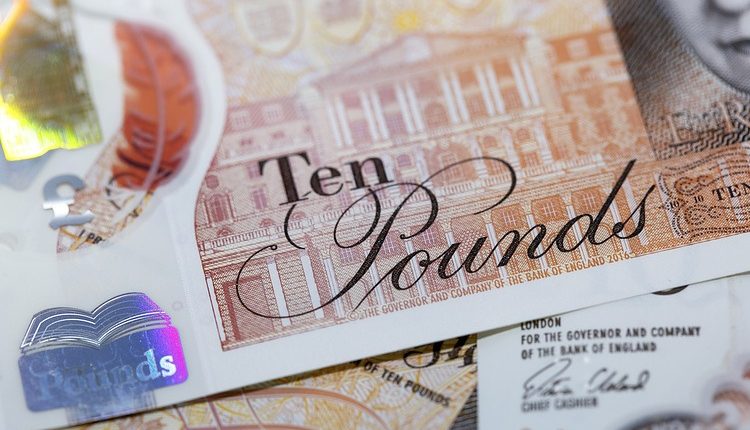- GBP/JPY gains ground as the Bank of England may adopt a slower pace of policy easing.
- The Japanese Yen receives downward pressure from the uncertainty surrounding the BoJ rate hikes.
- Japan’s Leading Economic Index was revised down to 109.1 in September, slightly below the anticipated 109.4.
GBP/JPY remains stable after a volatile session, trading near 194.20 during European hours on Monday. The Pound Sterling (GBP) finds support from market expectations that the Bank of England (BoE) may adopt a slower pace of policy easing. According to a Reuters report, traders anticipate the BoE will keep interest rates steady at 4.75% during its December meeting, with a projected 75 basis points (bps) cut to 4.00% by 2025.
However, the British Pound faced headwinds on Friday following disappointing economic data. UK Retail Sales contracted more sharply than expected in October, while the flash S&P Global/CIPS Composite Purchasing Managers’ Index (PMI) for November dropped below the 50.0 threshold for the first time since October 2023, signaling a contraction in economic activity.
The GBP/JPY cross could move upwards as the Japanese Yen (JPY) struggles due to uncertainty surrounding the Bank of Japan’s (BoJ) future rate hikes and a prevailing risk-on market environment. BoJ Governor Kazuo Ueda has hinted at the possibility of another interest rate hike as early as December. Meanwhile, Prime Minister Shigeru Ishiba’s administration is reportedly considering a $90 billion stimulus package aimed at mitigating the impact of rising prices on households.
Japan’s Leading Economic Index was revised down to 109.1 in September, slightly below the anticipated 109.4. Despite this, the index marked an improvement from August’s final reading of 106.9, the lowest since October 2020. Market focus now shifts to Tokyo’s upcoming inflation and employment data, due later this week.
Central banks FAQs
Central Banks have a key mandate which is making sure that there is price stability in a country or region. Economies are constantly facing inflation or deflation when prices for certain goods and services are fluctuating. Constant rising prices for the same goods means inflation, constant lowered prices for the same goods means deflation. It is the task of the central bank to keep the demand in line by tweaking its policy rate. For the biggest central banks like the US Federal Reserve (Fed), the European Central Bank (ECB) or the Bank of England (BoE), the mandate is to keep inflation close to 2%.
A central bank has one important tool at its disposal to get inflation higher or lower, and that is by tweaking its benchmark policy rate, commonly known as interest rate. On pre-communicated moments, the central bank will issue a statement with its policy rate and provide additional reasoning on why it is either remaining or changing (cutting or hiking) it. Local banks will adjust their savings and lending rates accordingly, which in turn will make it either harder or easier for people to earn on their savings or for companies to take out loans and make investments in their businesses. When the central bank hikes interest rates substantially, this is called monetary tightening. When it is cutting its benchmark rate, it is called monetary easing.
A central bank is often politically independent. Members of the central bank policy board are passing through a series of panels and hearings before being appointed to a policy board seat. Each member in that board often has a certain conviction on how the central bank should control inflation and the subsequent monetary policy. Members that want a very loose monetary policy, with low rates and cheap lending, to boost the economy substantially while being content to see inflation slightly above 2%, are called ‘doves’. Members that rather want to see higher rates to reward savings and want to keep a lit on inflation at all time are called ‘hawks’ and will not rest until inflation is at or just below 2%.
Normally, there is a chairman or president who leads each meeting, needs to create a consensus between the hawks or doves and has his or her final say when it would come down to a vote split to avoid a 50-50 tie on whether the current policy should be adjusted. The chairman will deliver speeches which often can be followed live, where the current monetary stance and outlook is being communicated. A central bank will try to push forward its monetary policy without triggering violent swings in rates, equities, or its currency. All members of the central bank will channel their stance toward the markets in advance of a policy meeting event. A few days before a policy meeting takes place until the new policy has been communicated, members are forbidden to talk publicly. This is called the blackout period.
Read the full article here

